A travel day with stops at a Dalit village and women’s’ cooperative, a Dravidian temple and a Chettiara town, we continue to Madurai, the second-largest city in the state of Tamil Nadu.
Madurai has been a major settlement for two millennia. It is one of the oldest continuously inhabited cities in the world. An important Hindu pilgrimage site, Madurai is a temple city that draws streams of worshippers to prayer ceremonies everyday. Madurai’s recorded history goes back to the 3rd century BC and the city is mentioned by Megasthenes, the Greek ambassador to India. It was annexed by the British East India Company in 1801.
Meenakshi temple complex in Madurai is one of the largest and certainly one of the most ancient. According to legend Madurai is the actual site where the wedding between Shiva and Meenakshi took place. The gigantic temple complex,the statues exploring the entire range of human emotions,everything here is larger than life. The structures that are standing today date mostly from the twelfth to the eighteenth century.
We take tuktuks to the bustling marketplaces in the evening. All streets merge concentrically like lotus petals around Sundareswarar Meenakshi, the glorious fortress-like Hindu temple in the center of the city. Meenakshi’s is vividly colored and the labyrinthine grounds are dedicated to the Hindu Lord Shiva who, as legend has it, descended on Madurai to bless the city during its first days, and showered divine nectar down from his locks. Thus Madurai’s original name was the “City of Divine Nectar.”

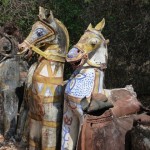
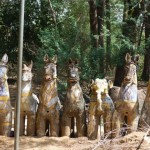

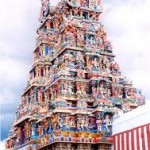
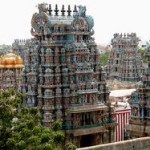
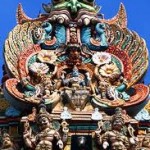
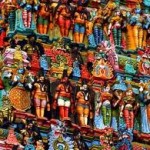



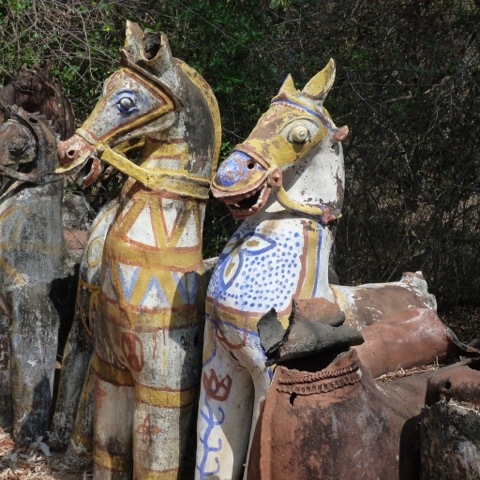
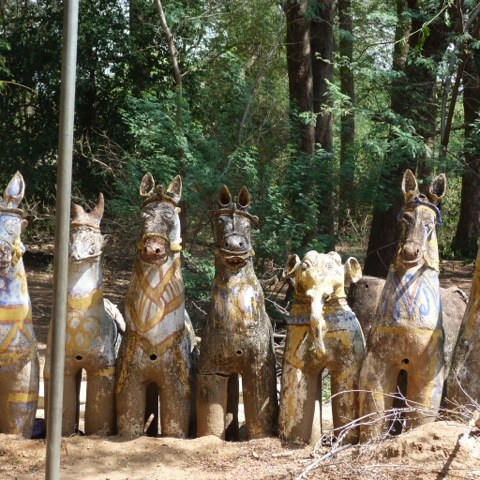
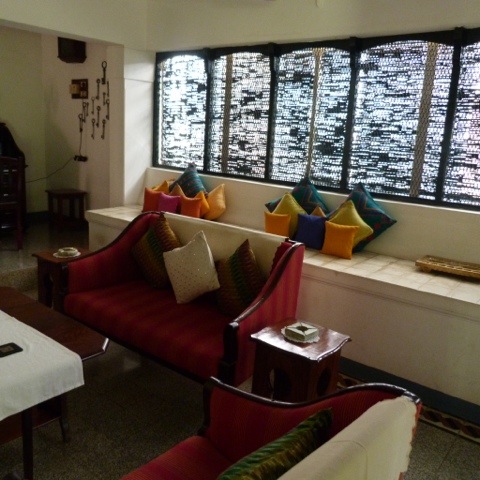
Sorry, the comment form is closed at this time.